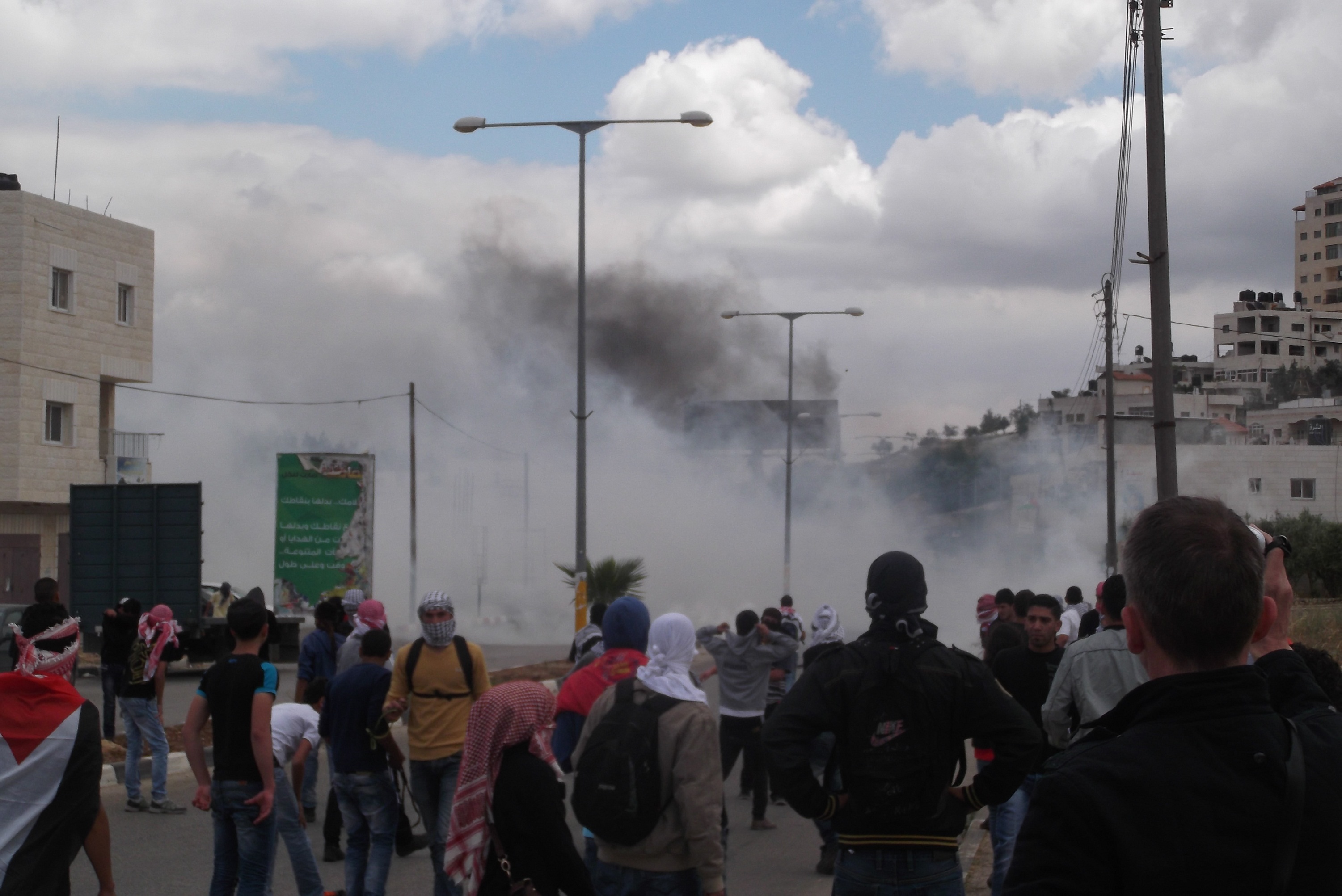Tag: Al Nakba
-
New women’s center hosts educational Nakba commemoration event
17th May 2013 | International Solidarity Movement | Asira Al-Qibliyyah, Occupied Palestine Team Nablus A new women’s center in Asira Al-Qibliyyah hosted an event for women and children in commemoration of the 65th anniversary of the Nakba, or “catastrophe.” Local women and children watched a short video of a Palestinian woman from Al-Kahlil (Hebron) speaking…
-
Right of Return still key – Nakba Day demonstrations violently suppressed by Israeli forces
15th May 2013 | International Solidarity Movement | Ramallah, Occupied Palestine By Team Ramallah The 15th May marks the 65th anniversary of the expulsion of 750,000 Palestinians from their homes and the destruction – and massacre in some cases – of more than 500 Palestinian villages by Zionist forces in 1948. 65 years on, the…
-
Photo essay: March through Nablus and Tulkarem commemorates the Nakba
13th May 2013 | International Solidarity Movement | Nablus and Tulkarem, Occupied Palestine By Team Nablus Today, at around 8am, over thirty people from the Palestinian General Union of People with Disability marched through the city of Nablus to commemorate the 65th anniversary of the Nakba. After the march, a bus drove participants to Tulkarem…


